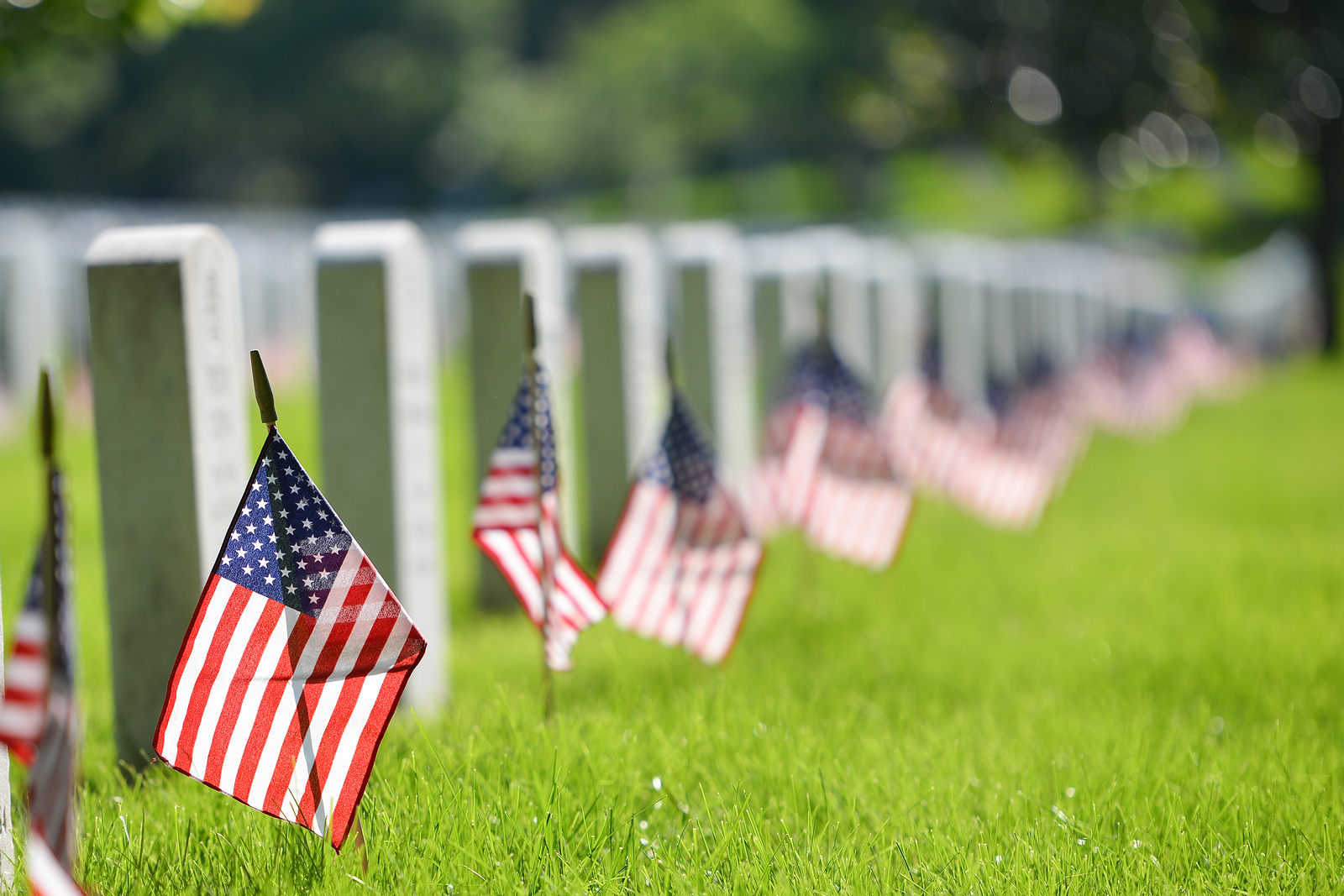If your loved one has passed and they were a part of the military, they can receive military funeral honors. Such funeral services commemorate and honor the service of a current or former military service member. The servicemember’s rank or duty status does not matter as long as she or he was not dishonorably discharged or she or he did not commit a capital crime.
These funerals are solemn and formal, steeped in hundreds of years of tradition. Failing to observe the proper decorum is disrespectful. This is why it is important to be sure you get the military funeral etiquette correct.
At Callaghan Mortuary & Livermore Crematory, we have over 115 years of experience handling funerals. We are very familiar with the traditions observed during a military funeral. Here is a quick guide to help you if you need to attend the funeral of a military service member.
What to Expect at a Military Funeral?
As mentioned before, these funerals are solemn events. Should you attend one, you will most likely see the following events:
- The playing of “Taps” (either by a live bugler or via recording)
- A gun salute
- The folding of the burial flag
- Presentation of the burial flag to the next of kin
There are other honors that may happen as well. These elements often depend on the availability of personnel and the armed forces member’s distinction of service.
- A marching color guard
- Use of a caisson to transport the remains
- A military fly-over
For more information about the ceremony itself, read our Military Traditions page.
Should You Salute at a Military Funeral?
Saluting is a key component at every military ceremony. However, individuals must salute in a particular way or they risk breaking protocol and appearing disrespectful. This protocol is also different depending on whether you served in the military or not.
Military Personnel (active-duty and former)
If you served in the military, it is traditional for you to salute at the following moments (unless you are a pallbearer):
- Whenever the hearse (or caisson) passes in front of you
- When the urn of cremains followed by the flag passes
- Whenever pallbearers move the casket
- During the gun salute
- During the lowering of the casket or urn into the ground
Civilians
Civilians should avoid saluting as a service member would. Instead, a civilian should remove their hat (or other headwear) and place it above their heart. If the civilian does not have headwear, placing their right hand over their heart is also acceptable.
What Should You Wear at a Military Funeral?
Determining what you should wear also depends upon if you are a civilian or a member of the armed forces.
Civilians should dress in western-style formal wear. For men, this is often a suit and tie, though slacks, a dress shirt and a tie are also acceptable. For women, a dress, suit or a skirt and blouse will work. The coloring should be dark and bright colors avoided.
Armed forces personnel should where their formal dress uniform (also known as their Class-A uniform).
What Else Should I Know About Military Funerals?
Bringing flowers to accompany the casket or urn is often acceptable at a military funeral. However, it is always a good idea to check with the family of the deceased to make sure you are following their wishes. You should also be aware that because military funerals are often solemn, children rarely attend.
If you need assistance with a military funeral or are looking for a way to fit the honors into your cultural ceremony, give us a call at (925) 447-2942. Our funeral directors are ready to answer the questions you have about planning and conducting a funeral.


